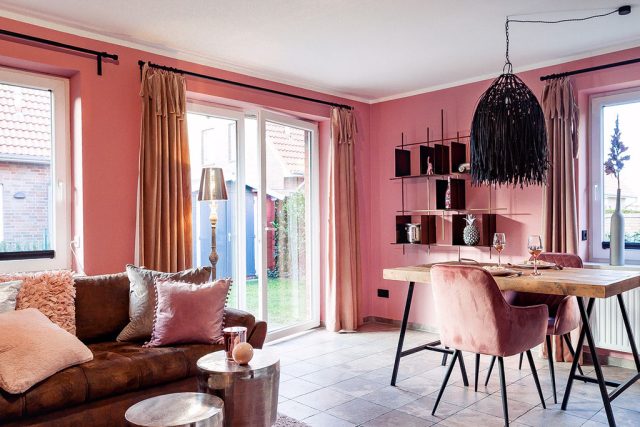The kitchen is considered the heart of any home, where families and friends come together for meals and socializing. However, proper lighting is often overlooked in the kitchen design, leading to inadequate illumination and discomfort while cooking, dining, or entertaining. This article aims to serve as a comprehensive guide to kitchen lighting and how it can enhance your culinary experience.
II. Types of Kitchen Lighting
There are three main types of kitchen lighting:
1. Ambient Lighting
Ambient lighting provides overall illumination to the entire kitchen area. It is usually achieved through overhead ceiling lights, chandeliers, or pendant lights. Ambient lighting creates a warm and inviting environment and sets the tone for the kitchen.
2. Task Lighting
Task lighting is more directed and localized, providing ample illumination for specific kitchen tasks such as cutting, chopping, and cooking. This type of lighting can be achieved through under-cabinet recessed lights, track lighting, and portable task lamps.
3. Accent Lighting
Accent lighting is used to highlight and accentuate certain features in the kitchen, such as artwork, decorative objects, or architectural elements. This type of lighting can be achieved through recessed or spotlights, wall sconces, or backlighting.
III. Light Fixtures
There are many different types of light fixtures available for kitchen lighting. Here are a few examples:
1. Ceiling Lights
Ceiling lights are the most common type of kitchen lighting fixtures. They come in a variety of styles, sizes, and shapes, including flush mounts, semi-flush mounts, and chandeliers.
2. Pendant Lights
Pendant lights are a popular choice for kitchen islands or over the sink or dining table. They offer a more decorative and stylish lighting option and come in many shapes, colors, and materials.
3. Under-Cabinet Lights
Under-cabinet lights are an excellent option for task lighting. They are usually installed underneath the upper cabinets, providing ample illumination for countertop tasks.
4. Track Lighting
Track lighting is versatile and can be used for both task and accent lighting. It is typically installed on the ceiling and allows the lights to be adjusted to different angles and positions.
IV. Light Bulbs
Choosing the right type of light bulbs is crucial for kitchen lighting. There are several types of bulbs available, including:
1. Incandescent
Incandescent bulbs are the traditional light bulbs that produce a warm, yellowish light. They are inexpensive and have a long lifespan, but they are not energy-efficient.
2. LED
LED bulbs are the most energy-efficient bulbs available. They also have a longer lifespan than other bulbs and are available in many color temperatures.
3. Halogen
Halogen bulbs produce a white, bright light that is ideal for task lighting. They are more energy-efficient than incandescent bulbs but less so than LEDs.
4. Fluorescent
Fluorescent bulbs are another energy-efficient option for kitchen lighting. They come in a variety of shapes and sizes and offer bright, cool light.
V. Kitchen Lighting Design
A well-designed kitchen lighting scheme should incorporate a combination of ambient, task, and accent lighting. Here are some design tips:
1. Layered Lighting
Layered lighting involves combining different types of lighting fixtures to create a well-lit and visually appealing kitchen. For example, recessed lights for ambient lighting, under-cabinet lights for task lighting, and pendant lights for accent lighting.
2. Lighting Controls
Lighting controls allow you to adjust the intensity, color, and direction of your kitchen lighting. They can range from dimmer switches to smart lighting systems that can be controlled through an app or voice command.
3. Space Planning
When planning your kitchen lighting design, consider the size and layout of your space. Make sure your fixtures and bulbs are appropriately sized and positioned to provide adequate illumination.



Hottest Posts
Floor lamp
Rustic Charm: Rugged Log Ring Floor Lamp
Pendant light / Lighting
Elegant Soft Silk Pleated Ceiling Lamp: A Stylish Lighting Solution
Lighting / Wall lamp
Enamel Hot Air Balloon Wall Lamp: A Whimsical Lighting Option
Pendant light / Lighting
Rustic Elegance: Leather Knot Woven Ceiling Lamp
Floor lamp / Lighting
Illuminate Your Space with an Ink Pattern Glass Floor Lamp
Floor lamp / Lighting
Introducing the New Chinese Rattan Floor Lamp: A Stylish Addition to Your Home